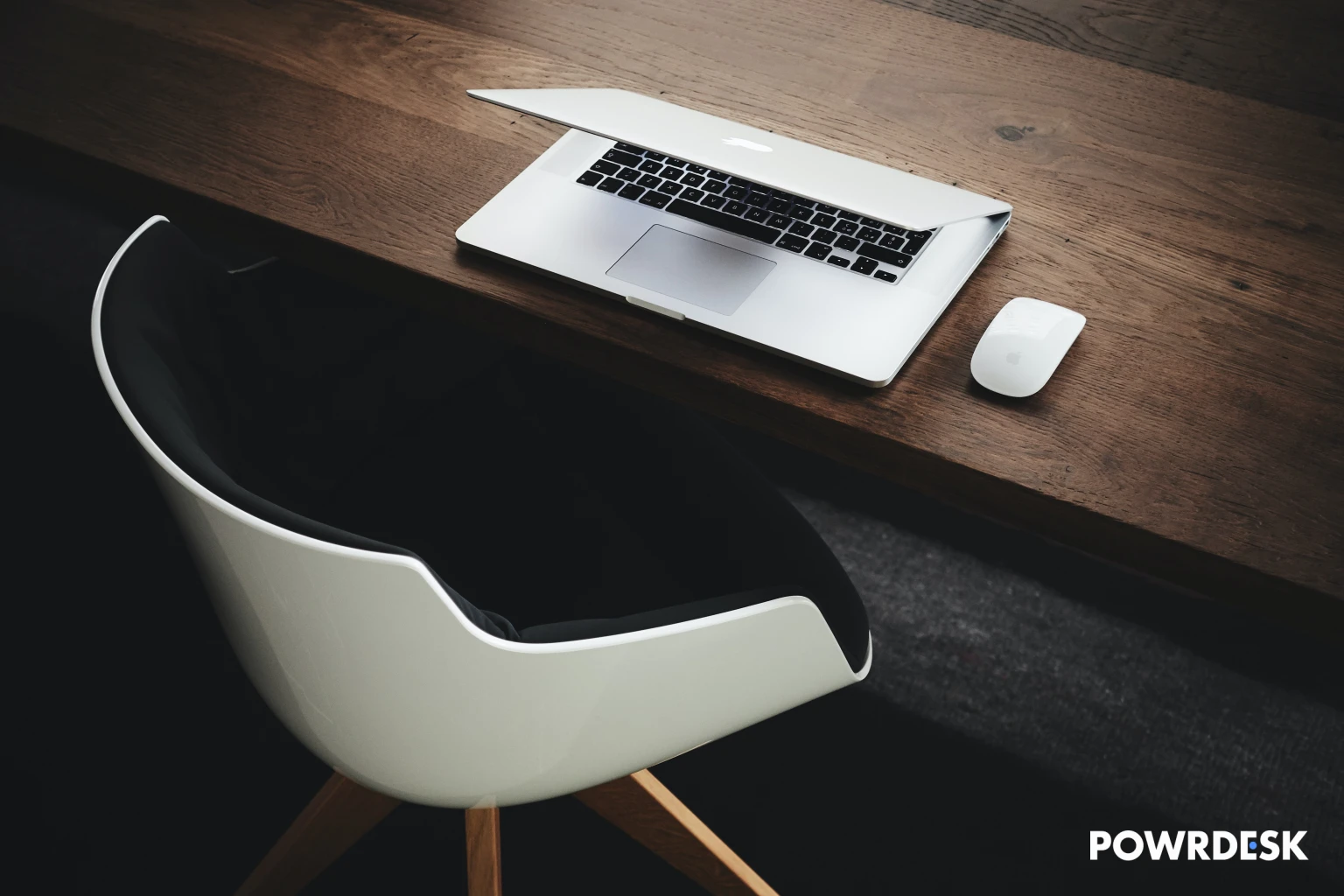The Future of Home Workspaces: Predictions for 2024
- Home
- /
- Blog
- /
- Workspace Trends
- /
- The Future of Home Workspaces: Predictions for 2024

The evolution of home workspaces has been nothing short of revolutionary. From makeshift desks in living rooms to dedicated home offices equipped with the latest tech, the transformation has been swift and significant. As we approach 2024, let's delve into the predictions for the future of home workspaces.
1. Rise of Multi-functional Spaces
Urbanization and the increasing cost of living have led to smaller living spaces, especially in metropolitan areas. As a result, the demand for multi-functional spaces is on the rise. Homeowners are now looking for designs that can serve multiple purposes without compromising on comfort or aesthetics. Convertible furniture, hidden storage solutions, and modular setups will become essential components of home workspaces. These designs will not only maximize space but also provide the flexibility to switch between work and leisure seamlessly.
2. Advanced Ergonomic Solutions
The prolonged hours spent in home offices have brought attention to the importance of ergonomics. It's not just about having an ergonomic chair or desk anymore. The future will see a holistic approach to ergonomics, encompassing everything from the placement of screens to the type of lighting used. Innovations like adjustable standing desks, posture-correcting tools, and eye-friendly screen protectors will become standard. As more people recognize the link between productivity and comfort, investments in ergonomic solutions will skyrocket.
3. Tech-Driven Workspaces
The boundaries between physical and digital workspaces are blurring. Advanced technologies like Augmented Reality (AR) and Virtual Reality (VR) are set to revolutionize home workspaces. As seen with the Apple's Vision Pro announcement Imagine attending a virtual meeting where you feel like you're in the same room as your colleagues, even if they're thousands of miles away. Or designing a product in a virtual space with real-time collaboration. Integrated smart assistants, voice-controlled devices, and automated task managers will also play a significant role in enhancing efficiency and streamlining daily tasks.
4. Nature-Inspired Designs
The benefits of nature on mental well-being are well-documented. As people spend more time indoors, there's a growing desire to bring the outdoors in. Future home workspaces will see an influx of biophilic designs, incorporating elements like indoor plants, water features, and natural materials like wood and stone. Large windows, skylights, and nature-inspired wallpapers will become common. These designs, reminiscent of the themed workspaces trend, will not only enhance aesthetics but also boost mood and creativity.
5. Enhanced Connectivity Solutions
The digital age demands seamless connectivity. As the number of devices per individual increases, so does the need for efficient connectivity solutions. Advanced docking stations, like the CalDigit TS4, will become indispensable, offering multiple ports and fast charging solutions. Mesh Wi-Fi systems will replace traditional routers, providing stable and high-speed internet throughout the house. Moreover, integrated tech ecosystems where all devices communicate and synchronize with each other will be the norm, ensuring a smooth workflow.
6. Focus on Mental Well-being
The mental toll of remote work and isolation has been a significant concern. Recognizing this, future workspace designs will prioritize mental well-being. Spaces will incorporate elements like calming colors, relaxation zones, and even meditation corners. Soundproofing solutions will become popular, allowing individuals to work in peace without distractions. Additionally, the layout will be crafted to promote a work-life balance, ensuring that once work is done, there's a clear separation from relaxation areas.
Conclusion
The future of home workspaces promises innovation, comfort, and efficiency. As we move forward, it's essential to stay updated with the latest trends and adapt to the ever-evolving workspace landscape.